
‘The Media Swirl’ and the Glitter in Your Eyes
In this excerpt from The Media Swirl, Carol Vernallis peers through the glitter of the stunning party scene in Baz Luhrmann’s The Great Gatsby and exams its sparkling layers of meaning.

In this excerpt from The Media Swirl, Carol Vernallis peers through the glitter of the stunning party scene in Baz Luhrmann’s The Great Gatsby and exams its sparkling layers of meaning.

Academic Hunter Hargraves’ Uncomfortable Television considers the postmillennial spectator an active participant and contributor to the neoliberal society that is shaped by today’s television.

The New Female Antihero explores how misogyny undermines television’s strong female antiheroes and how that, in turn, stunts our culture’s ability to embrace feminism.

The depth of anti-humanist sentiment related by Douglas Rushkoff in his latest book, Survival of the Richest, is harrowing and illuminating.
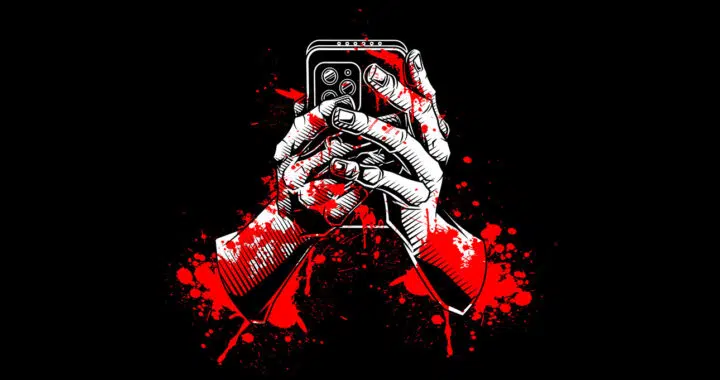
How the Russo-Ukraine War generated a media dimension of its own and how it linked the myths of the past century to the challenges of our own.

Did the internet kill the music industry? Is cable television dead? Media scholar Amanda D. Lotz explores these concepts and their misconceptions in Media Disrupted.
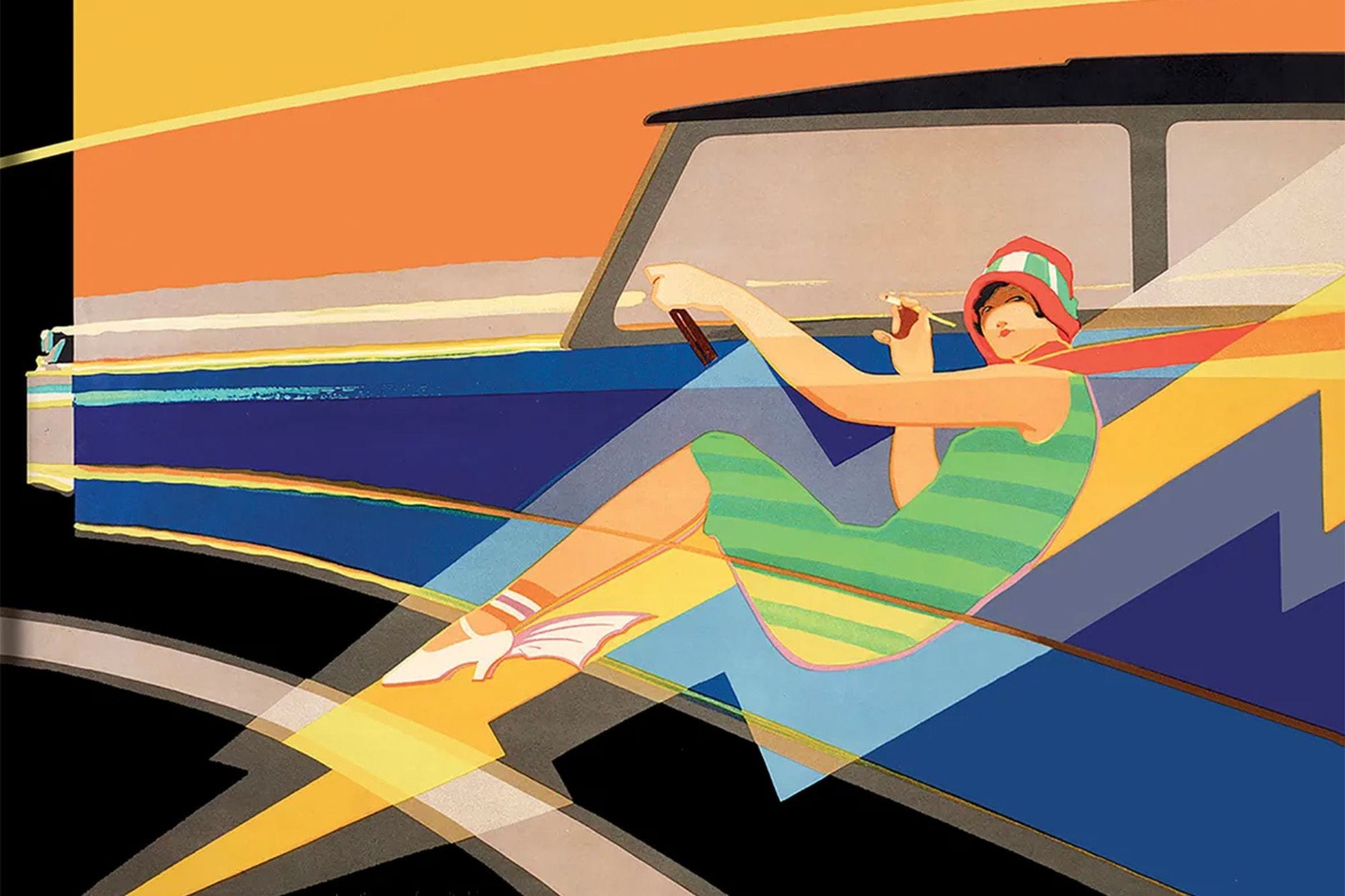
The Art of Advertising invites us to consider both the intended and unintended messages of the advertisements of the past.

Lambert tracks British social history through posters, cards, and other ephemera in the vividly illustrated The Art of Advertising.
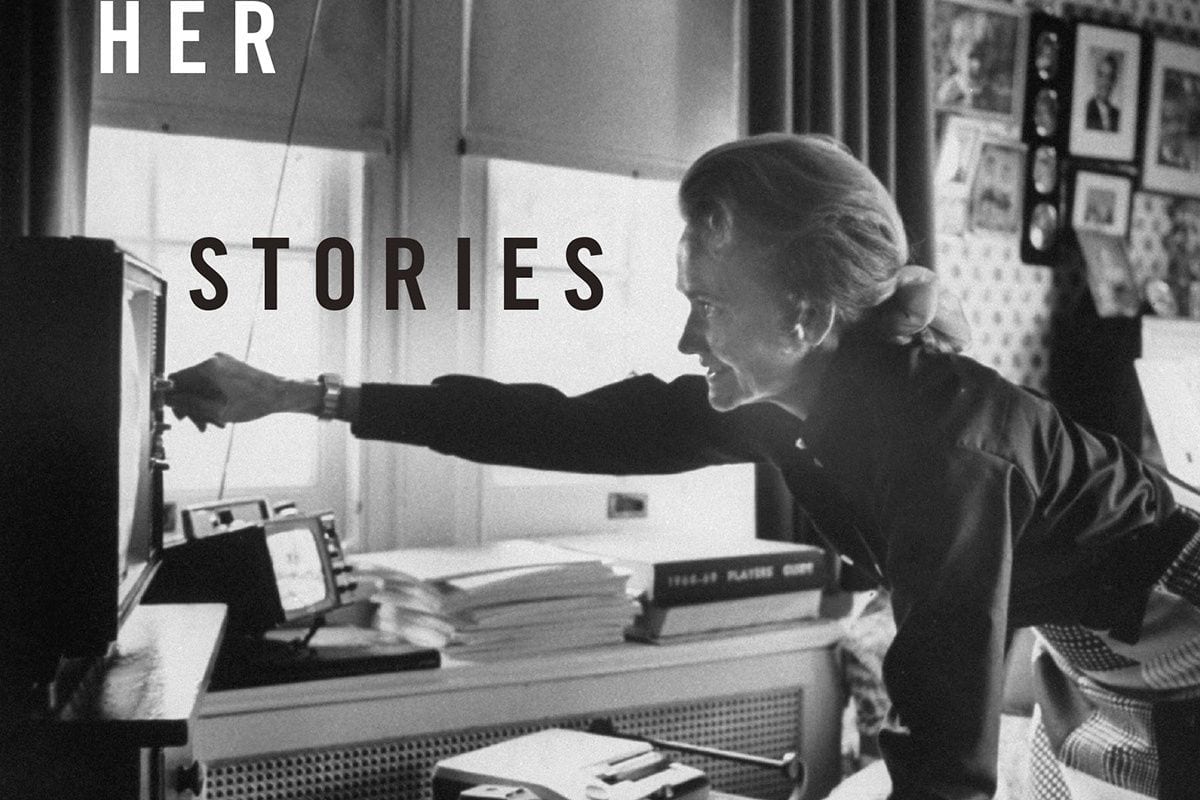
Media critic Elana Levine's Her Stories explores television history and the conflicts of generation, gender, and race in the heyday of "women's" soap operas.
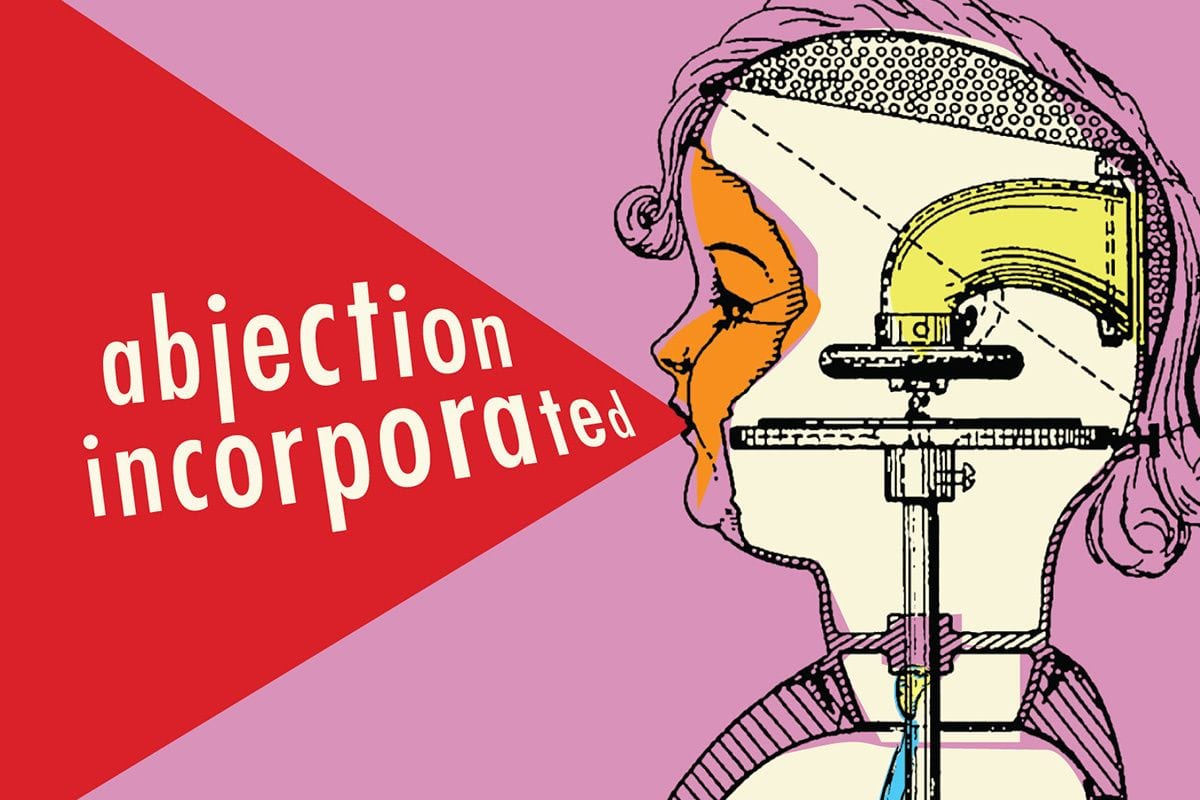
Escaping abjection's usual confines of psychoanalysis and aesthetic modernism, the contributors to Abjection Incorporated examine a range of media, including literature, photography, film, television, talking dolls, comics, and manga. Enjoy this generous excerpt, courtesy of Duke University Press.

Objectivity in journalism has become a shield for privilege and a weapon for right-wing pundits, argues Lewis Raven Wallace in The View from Somewhere.
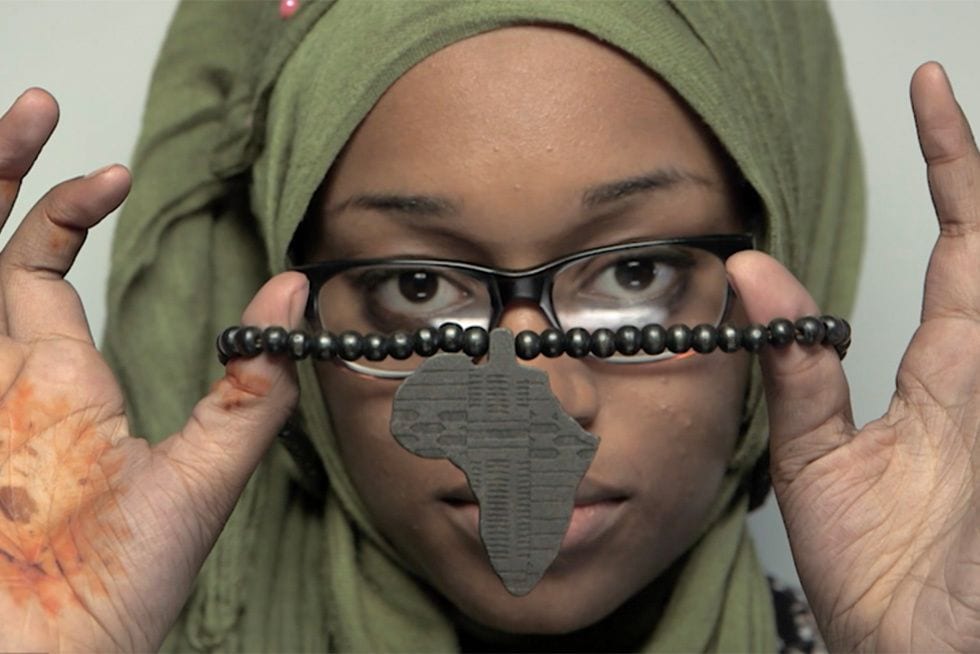
Eric Tretbar's First Person Plural and PBS' shorts Muslim Youth Voices both offer new representations of Somali-Americans. A significant contribution, given the Islamophobic frameworks that structure most cinema, television, and popular culture in general.